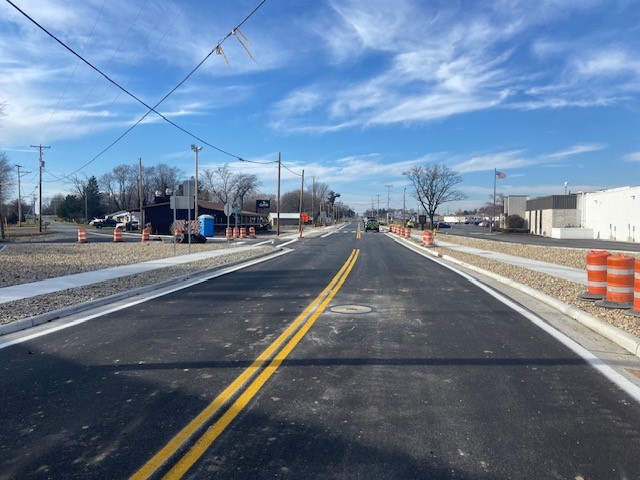
Road safety is a paramount concern for drivers, passengers, and pedestrians alike. However, amidst the hustle and bustle of daily life, we often overlook the importance of maintaining safety even during routine tasks like vehicle repair and maintenance. Whether you’re changing a tire, checking your engine, or simply performing routine upkeep, adhering to road safety protocols is crucial. In this comprehensive guide, we’ll explore essential road safety tips to follow during repair and maintenance, ensuring your journeys remain smooth and secure.
Importance of Road Safety During Repair and Maintenance
Before delving into specific tips, let’s understand why prioritizing road safety during repair and maintenance is imperative. Roadside breakdowns and accidents can occur unexpectedly, especially when vehicles are undergoing repairs. Neglecting safety protocols not only jeopardizes your well-being but also poses risks to fellow road users. By adopting a proactive approach to safety, you not only safeguard yourself and others but also mitigate the likelihood of accidents and costly repairs.
Top Road Safety Tips During Repair and Maintenance
1. Choose a Safe Location
When conducting repairs or maintenance on your vehicle, selecting a safe location is paramount. Opt for well-lit areas away from oncoming traffic, preferably flat surfaces like parking lots or designated repair zones. Avoid stopping on narrow shoulders or blind curves where visibility is limited, as this increases the risk of collisions.
2. Use Safety Gear
Before commencing any repairs, don appropriate safety gear such as gloves, goggles, and reflective vests. These items not only protect you from potential hazards but also enhance visibility, making it easier for other motorists to spot you, especially at night or in adverse weather conditions.
3. Secure the Vehicle
Ensure the vehicle is securely parked before initiating any repair work. Engage the parking brake, turn off the engine, and if possible, place wheel chocks or blocks to prevent unintended movement. For added precaution, use hazard lights or reflective triangles to alert approaching vehicles.
4. Maintain Visibility
Visibility is crucial during roadside repairs, particularly when working in low-light conditions. Use portable lighting sources such as flashlights or work lamps to illuminate your workspace effectively. Additionally, wear reflective clothing and place warning devices like reflective triangles to enhance visibility and alert other drivers to your presence.
5. Follow Proper Procedures
Adhere to manufacturer guidelines and recommended procedures when performing repairs or maintenance tasks. Consult your vehicle manual for step-by-step instructions and safety precautions specific to your make and model. Taking shortcuts or improvising can lead to costly mistakes and compromise safety. Are you looking for useful road safety tips during repair? You may visit Line Marking Pro to learn more.

6. Mind Traffic Flow
Stay vigilant of passing traffic while working on your vehicle. Keep a safe distance from the road’s edge and avoid extending body parts into traffic lanes. Periodically glance over your shoulder to monitor approaching vehicles and be prepared to move to a safer location if necessary.
7. Beware of Hot Components
During maintenance tasks, certain components like engines, exhaust systems, and brakes may become extremely hot. Exercise caution when handling these parts to avoid burns or other injuries. Allow sufficient cooling time before touching or inspecting hot surfaces.
8. Secure Tools and Equipment
Prevent accidents caused by loose tools and equipment by keeping your workspace organized and securing items when not in use. Use toolboxes or magnetic trays to store small components and ensure larger tools are stable and out of the way to prevent tripping hazards.
Conclusion
In conclusion, prioritizing road safety during vehicle repair and maintenance is essential for safeguarding yourself and others on the road. By following the tips outlined in this guide, you can minimize the risks associated with roadside repairs and ensure smooth travels ahead. Remember, safety should always be the top priority, even during routine maintenance tasks. So, the next time you find yourself tinkering under the hood or changing a tire, take a moment to implement these safety measures and enjoy peace of mind knowing you’re doing your part to promote safer roads for everyone.




